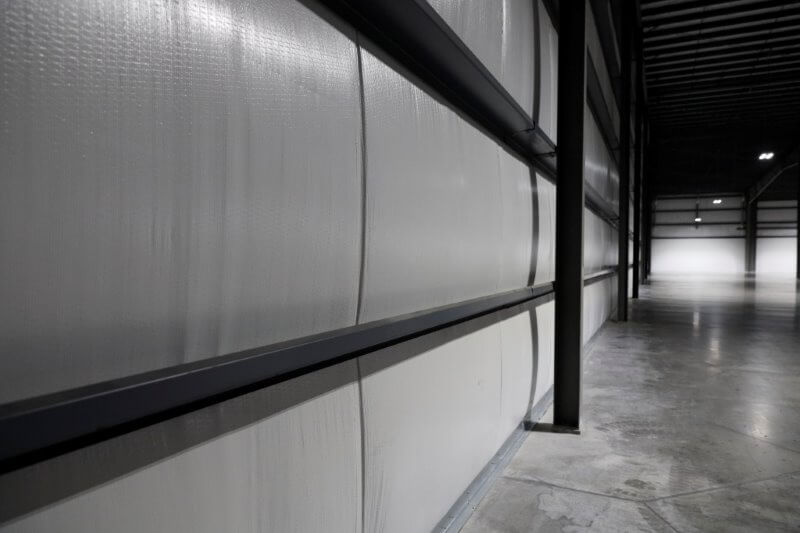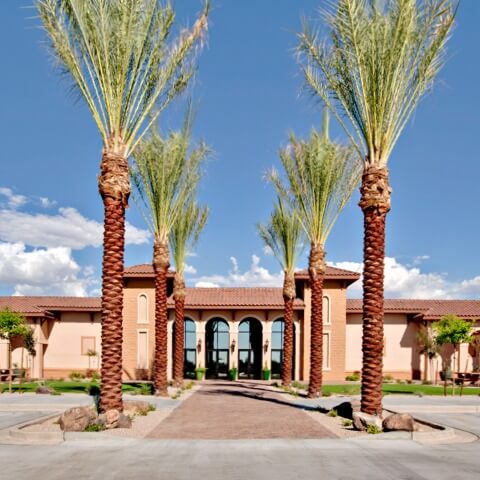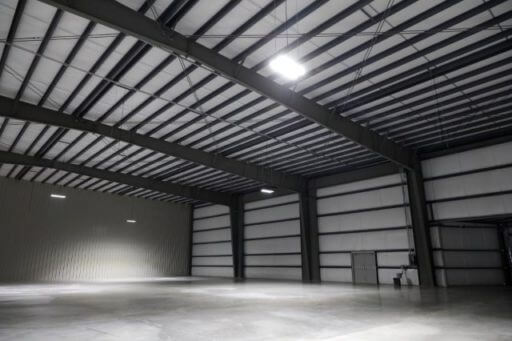Have you have selected a prefabricated metal building and are now wondering what to do about insulation? You’re not alone. It’s one of the first items Bunger Steel tackles when quoting a new building – and with good reason. Deciding when to insulate, which type of insulation to use, and which portions of your building to insulate can be a daunting task for first-time metal building buyers. Luckily we’ve broken down when, why, and how to insulate your metal building.

What is Insulation?
On a metal building, insulation is installed between the sheeting and the framing portion of the roof and/or walls of the structure. It can be applied to a metal building in several different forms. We will focus on the four most commonly used varieties of insulation; batt, foam board, insulated panels, and spray foam. While all similar at their core, they vary depending on end-use need, cost, thickness, and R-Value.
What is an R-Value?
An easy way to narrow down which type of insulation to use is to look at the R-Values. The thermal resistance in insulation is measured and labeled by a numerical spectrum. The higher the R-Value, the higher the thermal heat resistance. A lower ranging insulation can be used when there is little environmental impact to protect the skeleton of a building.
Why Should I Insulate?
One of the greatest threats to the potential longevity of a metal building is rust. Insulation works by acting as a barrier between the elements and your steel structure. Adding insulation to your metal building allows for warm air to remain inside during cold winter months and keep out the heat in the summer. On top of being a great way to cut heating and cooling costs, it also aids in the prevention of condensation that can over time build up around bolts and screws, which can impact the integrity of your steel building. As an added bonus, insulation can also help provide noise control.
Where and When Should You Add insulation?
We always suggest opting for a roof insulation package. However, if you live in an area prone to snow, insulation should also be added to the walls. This added barrier will extend the life of your building and potentially save you money in the long term by preventing moisture from building and causing the metal to rust. Ideally, insulation would be installed when the structure is being built. Sometimes that option is not available at the time of build and for that reason, there are alternatives to retrofit insulation. Bunger Steel’s knowledgeable staff can assist in making sure your insulation needs are met during whatever stage your building might be in. Give us a call – We’re ready to help



